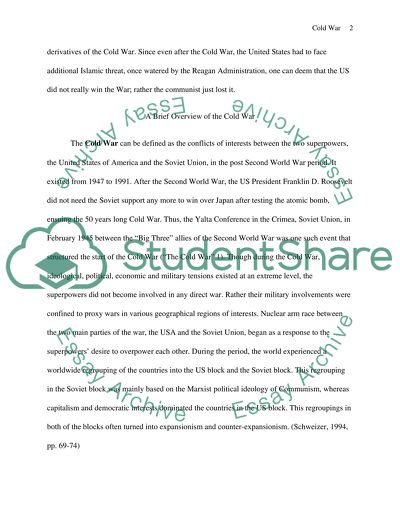Cite this document
(“The Effects of the Cold War on the Middle East Essay”, n.d.)
Retrieved from https://studentshare.org/history/1393225-who-won-the-cold-war
Retrieved from https://studentshare.org/history/1393225-who-won-the-cold-war
(The Effects of the Cold War on the Middle East Essay)
https://studentshare.org/history/1393225-who-won-the-cold-war.
https://studentshare.org/history/1393225-who-won-the-cold-war.
“The Effects of the Cold War on the Middle East Essay”, n.d. https://studentshare.org/history/1393225-who-won-the-cold-war.


